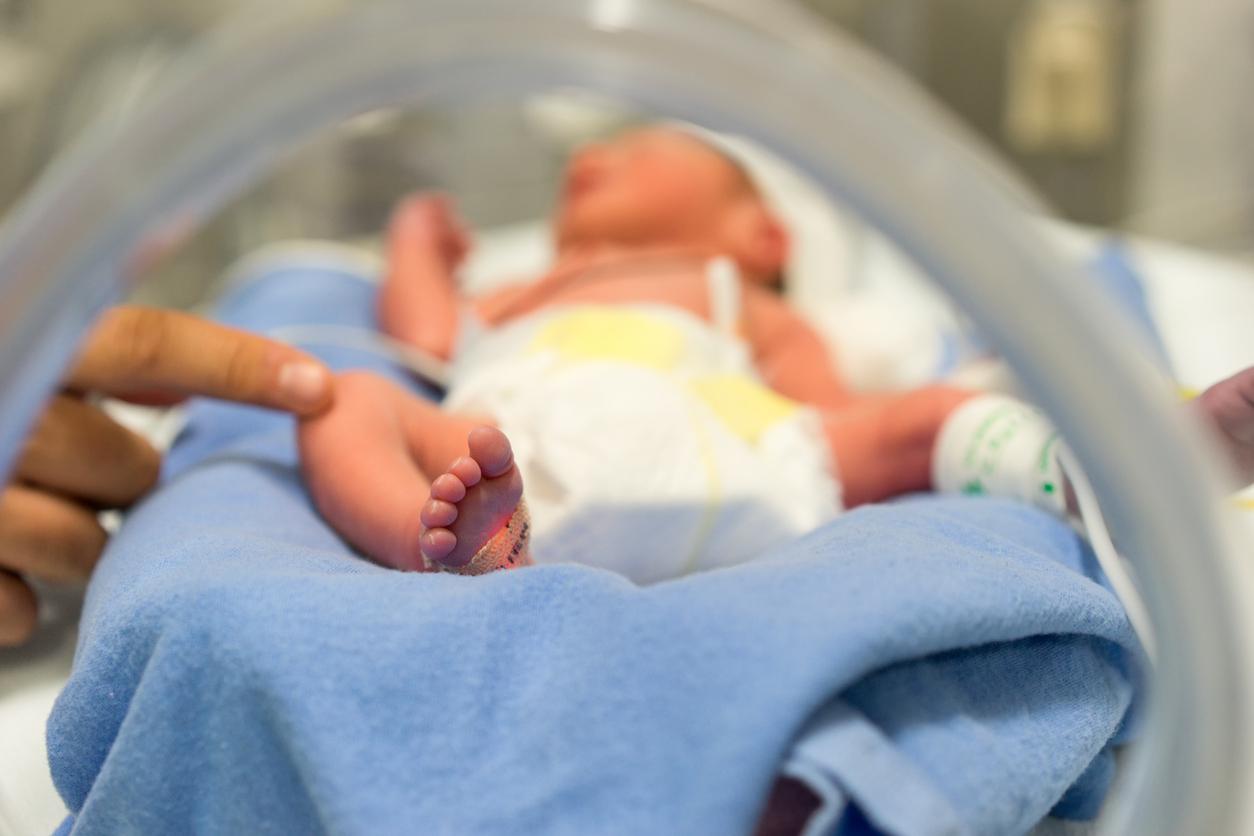The suicide of a transgender high school girl on Wednesday December 16 in Lille reminds us that this population is particularly fragile psychologically.

- A transgender high school student ended her life in the home where she was staying in the Lille metropolis, causing great emotion.
- Transgender adolescents are more likely to commit suicide than their cisgender peers, according to a burgeoning scientific literature on the subject.
- Better prevention and greater psychological care for these adolescents is therefore necessary, as is more detailed research on the issue.
On Wednesday December 15, a transgender high school student ended her life in the home where she was staying in the Lille metropolis. The announcement of her death aroused strong reactions among the students of the Fénelon high school in Lille, where the teenager was educated, because the establishment is implicated on social networks (a video of the teenager in tears has gone viral on Snapchat, Ed).
“Valérie Cabuil, rector of the Academy of Lille, learned with great sadness that a final year student from the Fénelon high school in Lille ended his life in his foster home on Wednesday. This dramatic event upsets the “whole educational community”wrote the rectorate in a press release.
85% of transgender youth have had suicidal thoughts
Without getting into the controversy, let’s just point out that transgender adolescents are more likely to commit suicide than their cisgender peers, as indicated by a burgeoning scientific literature on the subject. A recent study carried out in Chinain Suzhou, reveals significantly higher rates of anxiety, depressive symptoms, sleep problems and suicidal ideation among transgender adolescents.
In the United States, other researchers found that 85% of young transgender people had had suicidal thoughts during their lifetime, and that more than half of them had already attempted suicide.
“Peer Victimization, Parental Rejection, and Widespread Stigma”
Around the world, “The alarming rates of mental health problems among transgender youth may result from disproportionate experiences of psychosocial stress during childhood and adolescence, including through peer victimization, parental rejection, and widespread stigmatization of their gender identity. minority genre”to analyse a JAMA editorial.
Better prevention and greater psychological care for these adolescents is therefore necessary, as is more detailed research on the issue. “Unfortunately, the vast majority of representative surveys of transgender adolescents do not categorize them into subgroups,” concludes JAMA.

.















